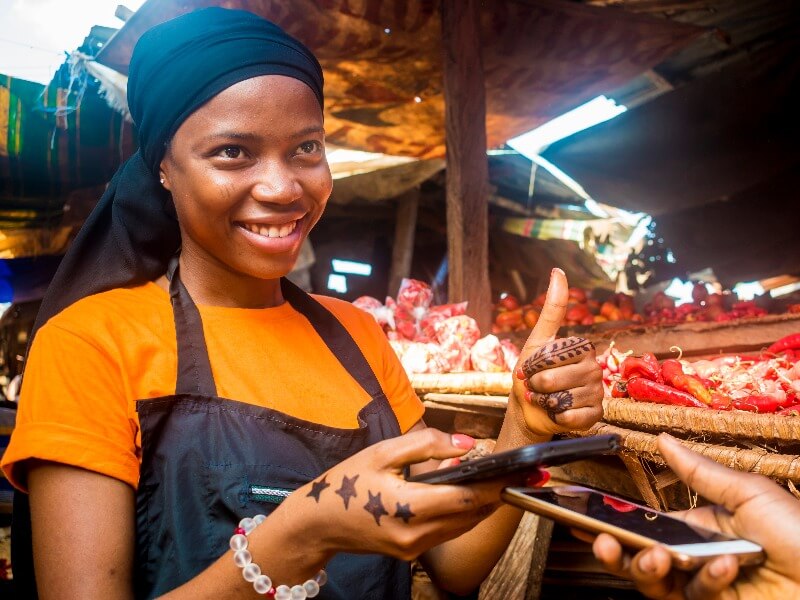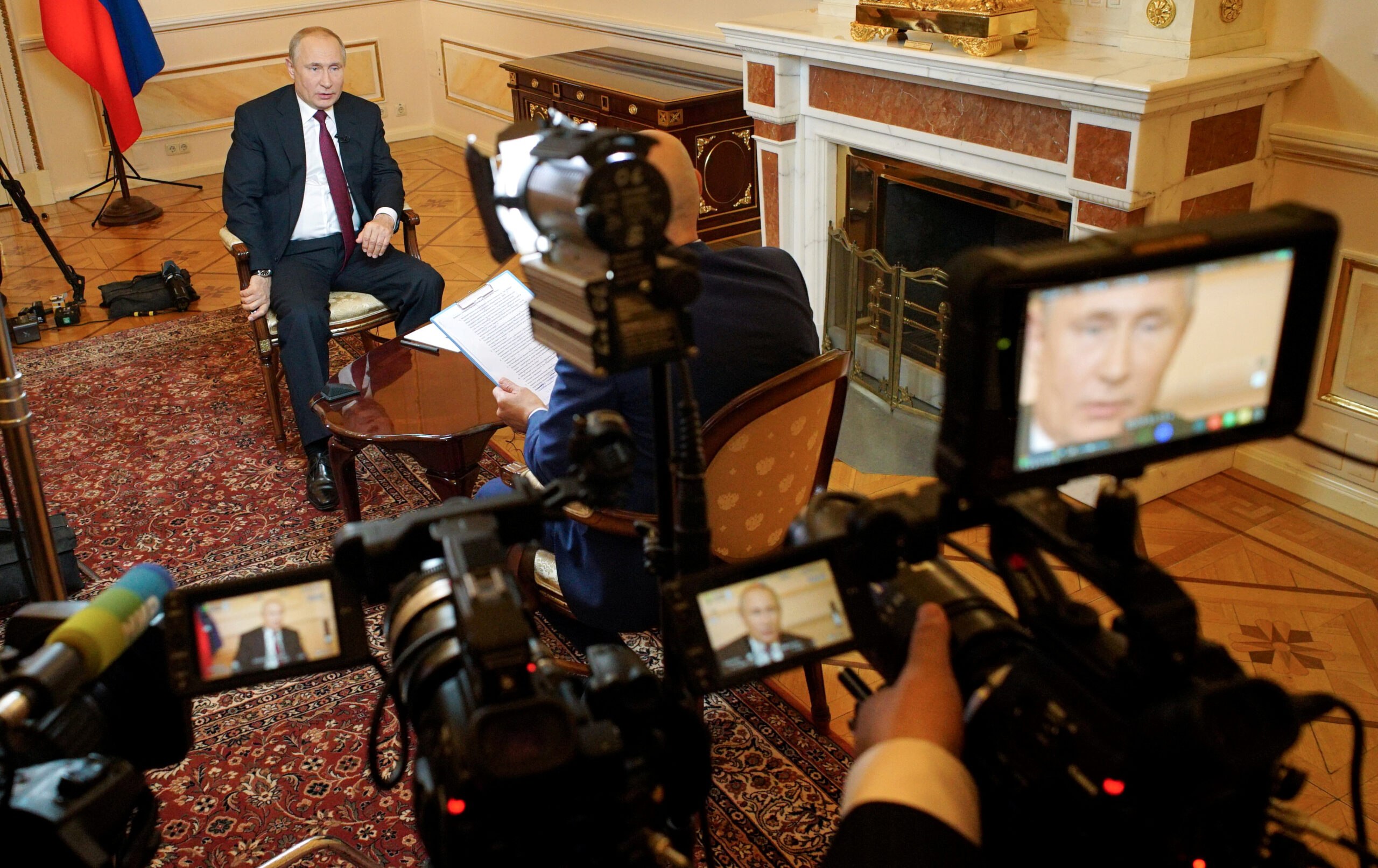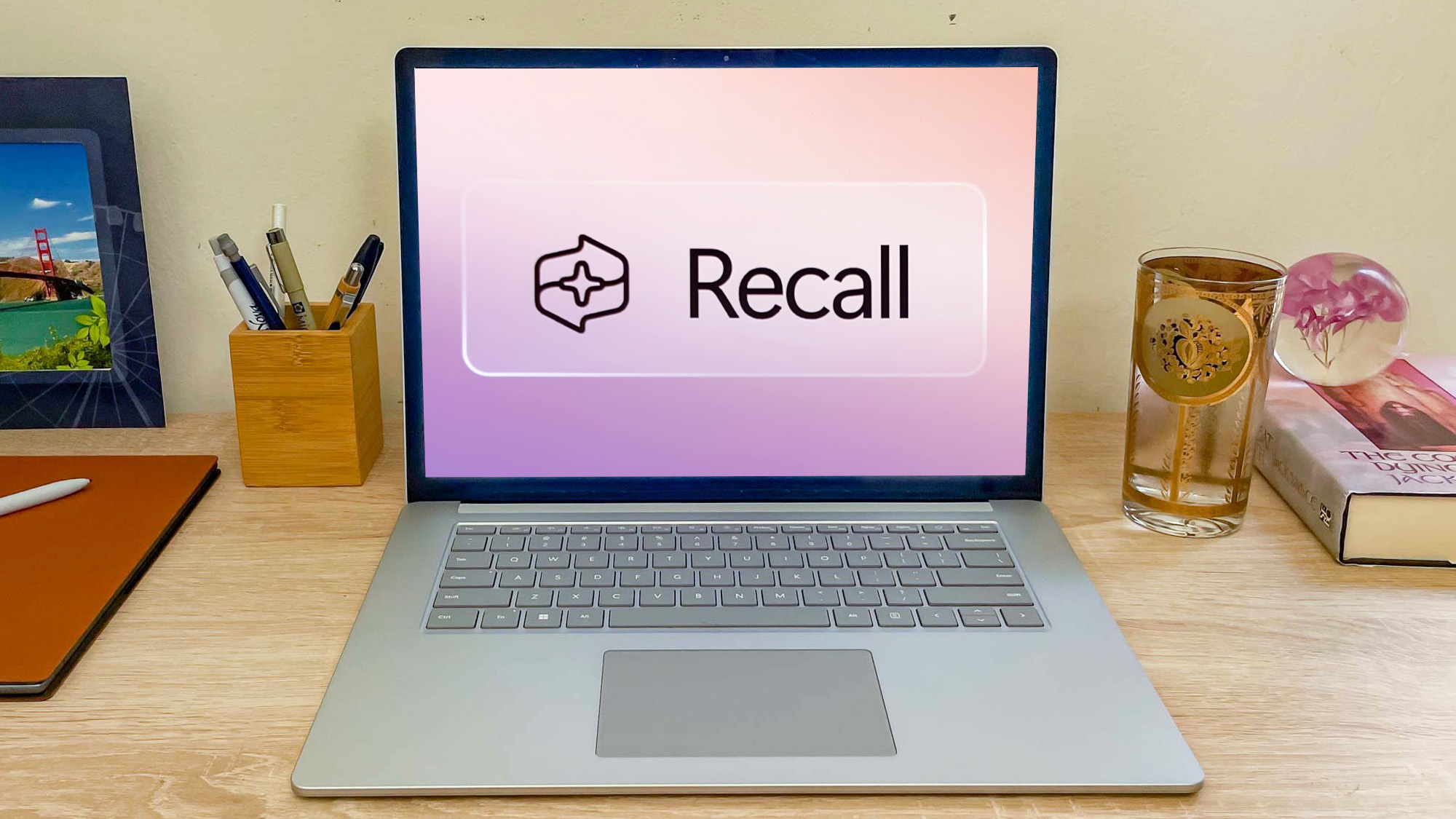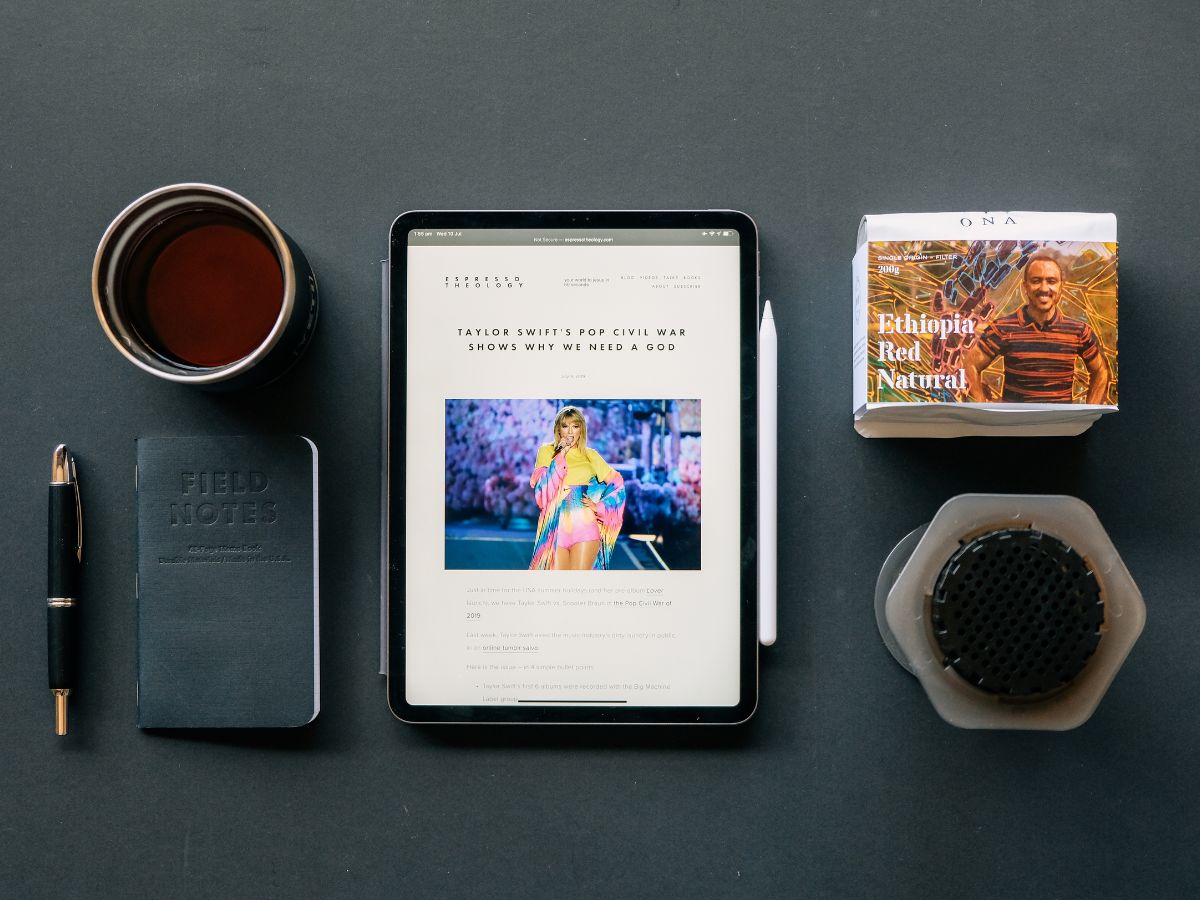Literary journals might have a stuffy reputation. But since its conception in 1998 by author Dave Eggers, McSweeney’s Quarterly has been anything but, opting instead to be an endlessly mutating delivery system for writing and art. It has been a hardcover book, a paperback, a newspaper. Once it was a bundle of mail; another time, a deck of playing cards. Imagination and capriciousness have defined McSweeney’s for nearly three decades.
The latest issue, edited by Rita Bullwinkel and guest-edited by two celebrated writers — cartoonist Thi Bui and novelist Vu Tran — attempts to capture the messy and disparate nature of the Vietnamese diaspora with a package that is, by design, messy and disparate. The 78th issue of McSweeney’s, “The Make-Believers,” arrives in a cigar box with painted illustrations by Bui containing several unique booklets of stories, essays, and illustrations that try to pin down the elusive trappings of Vietnamese identity.
Curious about the tremendous effort of putting together such a unique package, The Verge spoke with Bui, Tran, and art director Sunra Thompson about how “The Make-Believers” came together. It turned out that although it might sound like this issue was planned to coincide with the 50th anniversary of the end of the Vietnam War, that was actually a coincidence. In the spirit of McSweeney’s — and perhaps any ambitious creative project — it was equal parts hard work, serendipity, and chaos.
Courtesy of McSweeney’s
How did the project come to be?
Thi Bui: It was conceived on a hilltop in Marin County. I was taking a hike with Dave Eggers, who became a friend after we worked on a screenplay together. That movie is never going to get made but we have a friendship out of it. Occasionally we’ll take hikes and talk about art and life.
I had just come back from DVAN, this incredible residency in the south of France with these other Vietnamese writers. This was one of those really special experiences where everyone fell in love with each other, and it was highly productive and magical. So I was just trying to describe that to Dave.
I think he’s always like canvassing his brain for how to uplift people. Out of the blue, he was like, ‘Do you guys want to take over an issue with McSweeney’s like one of you could be the guest editor? You know, it wouldn’t be that much work.’ I took the idea back to the group and only Vu really knew that much about McSweeney’s.
Vu Tran: I remember when McSweeney’s first came out. Back then, if you pitched them a story, they sent you rejections — little slips of paper as rejections. I still have my six or seven rejections. That was like 20 years ago or longer. And it’s so funny. I would have never thought that the way I would actually get into the magazine is to guest-edit it.
From the jump. Did you guys know you wanted to do an issue timed to the 50th anniversary of the fall of Saigon?
TB: No, we were kind of flying by the seat of our pants with that one.
“I had all these amazing enablers.”
VT: The issue just happened to coincide with a spring 2025 publication date. It was completely unplanned.
Sunra Thompson: The way they aligned was kind of by accident.
VT: It was a great coincidence.
What were the early ideas for the issue like? Was it always a cigar box?
TB: It was always a box. I wanted something really nice that’s evocative of old Vietnam. It would be some sort of treasure box. Other people were like, ‘But if it’s too expensive, no one will be able to afford it. And then they’ll be afraid to open it, because it’s too fancy. You’re so scarred in your refugee-ness.
VT: Yeah, yeah, it was very Vietnamese. When Thi described it to me, it just implicitly felt right: that kind of nostalgia for a beautiful past, but also an understanding that history is filled with all this other stuff that’s not quite as elegant and and not quite as neat. So it’s elegant and weird.
ST: Yeah, Thi really did have a very clear vision of what this would look like, which was especially helpful for an issue like this that has a lot of different components. We’ve done issues that come in a box or something, but for each different component, you need a different cover design.
But Thi knew what every cover was going to look like right away. She had artists in mind for each of these covers, too. Her vision of this issue made a lot of these decisions pretty quick.
TB: I think this is why it just felt like such a dream project because all I had to do is imagine it. And then I had all these amazing enablers.

Courtesy of McSweeney’s
As the designer, what was your first impression after being told about this idea with all these different components?
ST: For the Quarterly, the idea is that every issue is packaged in some unique way. So if I go into a stationery store, and I see some weird notebook or something, I will sometimes just take a picture and ask a printer like, ‘Can you make this thing?’ That’s a big part of my job. How can I package a book in a different way? So usually when an editor or an artist has a packaging idea, I just immediately email a printer to see what they can make.
It’s kind of my favorite part about doing projects. At the beginning, when you’re just asking printers to make dummies — it’s just pure potential.
TB: It’s such a different experience to get to work with a publisher who says yes. This was such an incredible opportunity to keep making the project weirder and fancier.
Were there production challenges?
ST: On the printer side, there were some pretty run-of-the-mill issues. For example, there’s a lot of foil. The first sample I got, the foils misregistered with the ink of the lettering. I got spooked, and I just abandoned that idea.
TB: I think we had one idea that we couldn’t execute, which was like having different kinds of paper stock in the same bound book.
“I think deadlines are nice sometimes, because it forces you to kill your own dreams.”
ST: I forgot about that. Like, smash together different aesthetics.
TB: A section of the menu called classifieds, and we were trying to print it on newsprint. But I think we maybe ran out of steam at that point.
ST: That happens with projects that are very complex. You do sort of have to choose the things you want to focus on.
TB: Yeah, at that point I was like, ‘I wanna preserve Sunra’s mental health.’
ST: Yeah, it’s true. I appreciate that. I start a lot of projects thinking as extravagantly as possible. And then you’re kind of in the middle of it, you become a little less precious when you realize, it’s a periodical, too. We have to get four out a year. I think deadlines are nice sometimes, because it forces you to kill your own dreams, which can be like a nice lesson.
When I worked in a print magazine, we would joke that the print process would make everything better and better. And like, as you approach the close, you just made everything 10% worse to just get it done.
ST: It’s so true. But it’s probably good. I probably would never get anything done without a deadline.
What about the challenges on the editing side?
VT: For me, the most educational and fascinating aspect of this particular project was the translation. We had to get someone to proofread the Vietnamese right?
My favorite, but also the most difficult experience editing for me, was Doan Bui, who writes in English. But English is her third language. And she writes in a very vibrant voice, but it’s not grammatical most of the time and it’s repetitive. It became too time-consuming to constantly ask her, ‘How should we change it?’ So we just had an agreement. She said, ‘You make the corrections for me.’
I found myself in some cases rewriting things in a way, like translating her voice from an imperfect English into a clear, more engaging English that also captured my sense of her intended meaning, but also her: the foreignness, and the personality in her voice.
It became this really interesting thing that ended up reinforcing this idea Thi had about our shared imagination of what it means to be Vietnamese. It ended up reinforcing the themes of the issue, which I just found really satisfying, even though it took like a chunk out of my life.
TB: Yeah, I definitely got like a new wrinkle in my brain — and maybe on my forehead, too. I was just thinking about the allegory of the three blind men and the elephant? And I think that’s us with Vietnamese culture and language. We each know so little, and sometimes have a completely different interpretation of a word or an idea.
Sometimes we’d be like, ‘Wait! Doesn’t it mean this? Wait! What is that?’ And we would call our parents to confirm something.
I feel like when I call my parents to explain a thing or a word or phrase, they just end up disagreeing.
TB: Everyone’s an unreliable narrator.









